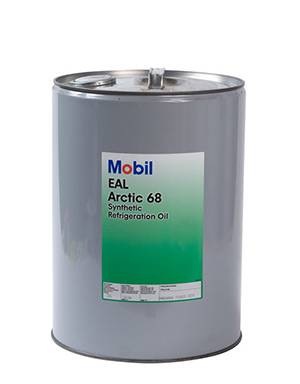Dùbh . 19, 2024 07:46 Back to list
Importance of Main Water Shut Off Valves in Home Plumbing Systems
Understanding Main Water Shut-Off Valves
Main water shut-off valves are crucial components in any plumbing system. They serve as the primary control point for isolating the water supply to a building, allowing homeowners and property managers to quickly address plumbing emergencies, manage water flow, and perform maintenance. Understanding the importance and functionality of these valves can help in preventing significant water damage and ensuring efficient water usage.
What is a Main Water Shut-Off Valve?
The main water shut-off valve is typically located where the water line enters a property. Its purpose is straightforward to shut off the water supply to the entire building. This is essential during emergency situations, such as burst pipes, floods, or when conducting repairs on the plumbing system. By turning off this valve, individuals can prevent excess water from causing serious damage to walls, floors, and personal belongings.
Types of Main Water Shut-Off Valves
There are several types of main water shut-off valves, each with its own benefits and applications. The most common types include
1. Gate Valves This traditional type has a round wheel that you turn to open or close the water flow. Gate valves are usually more affordable but can be less reliable over time, especially if not used frequently. They are more prone to leaks because their sealing surfaces can wear out.
2. Ball Valves Featuring a lever handle, ball valves are known for their quick and easy operation. When the lever is parallel to the pipe, the valve is open; when perpendicular, it is closed. They offer a reliable seal and are less likely to wear out compared to gate valves, making them a popular choice for main water shut-off applications.
3. Butterfly Valves These valves use a rotating disc to regulate water flow. They are more commonly found in larger commercial applications but can also be used in residential plumbing. Butterfly valves are space-efficient and offer quick shut-off capabilities, although they may not provide as tight of a seal as ball valves.
main water shut off valves

Importance of Regular Maintenance
Like any mechanical device, main water shut-off valves require regular maintenance to ensure they function correctly. Homeowners should periodically check the valve for signs of corrosion or wear. It is also advisable to operate the valve at least once a year to prevent it from seizing up. If the valve does not turn easily, it may need to be serviced or replaced.
During routine inspections, it is essential to look for leaks around the valve and ensure that the area is free from obstructions. Additionally, identifying the location of the main shut-off valve and educating all household members on its operation can be invaluable during emergencies.
Emergency Preparedness
In the unfortunate event of a plumbing emergency, knowing how to quickly locate and operate the main water shut-off valve can minimize damage significantly. Homeowners should familiarize themselves with its location—usually in the basement, crawl space, or near the water meter—before an emergency occurs.
Consider placing a label on the valve to make it easily identifiable, especially for guests or unfamiliar family members. Having a flashlight or portable light source nearby can also be beneficial in case of power outages during leaks or flooding.
Conclusion
Main water shut-off valves are essential for any property. They play a pivotal role in managing water flow and mitigating plumbing disasters. Understanding the different types of valves, maintaining them regularly, and being prepared for emergencies can save homeowners from extensive water damage and costly repairs. By taking proactive measures, individuals can ensure their plumbing system operates effectively and efficiently.
-
Precision Manufacturing with Advanced Spline Gauge DesignNewsJul.31,2025
-
Industrial-Grade Calibrated Pin Gauges for Exact MeasurementsNewsJul.31,2025
-
Industrial Filtration Systems Depend on Quality Filter DN50 SolutionsNewsJul.31,2025
-
High-Performance Gate Valve WholesaleNewsJul.31,2025
-
Granite Surface Plate The Ultimate Solution for Precision MeasurementNewsJul.31,2025
-
Granite Industrial Tools The Ultimate Guide for Bulk BuyersNewsJul.31,2025
Related PRODUCTS









